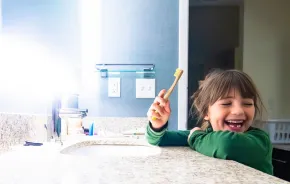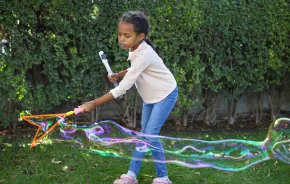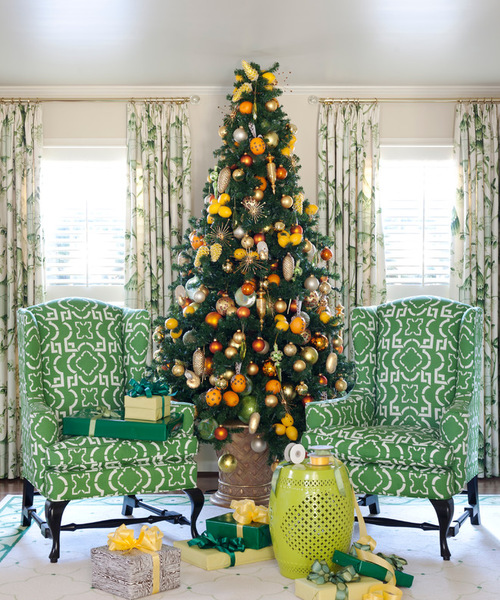
Homeowner Elaine Morrison used to love going to a tree farm and picking out a real Christmas tree with her kids. But now that her brood is older, she's made the switch to artificial trees. "I love the artificial trees. I want one in every room," she says. But Mark Rohlfs, owner of Santa & Sons tree farms, says you really don't need another fake thing in the house. "Artificial trees simply don't have the aroma, presence and spirit of a real Christmas tree," he says.
Torn between the two? If you're still deciding between a real or artificial tree, take a closer look at the pros and cons of each type.
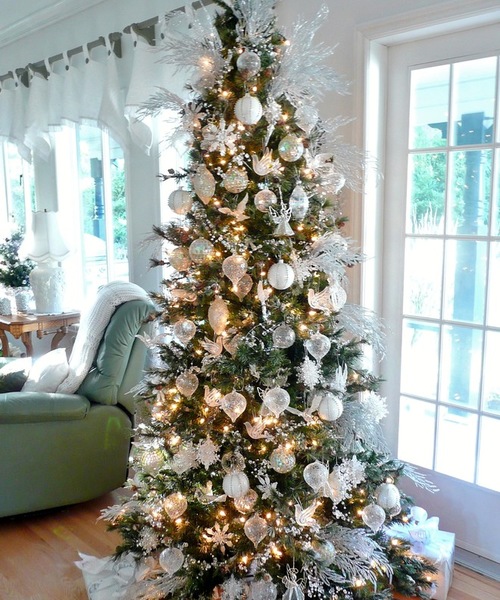
Artificial tree
Pros
- Multiple uses — The current economic climate makes artificial trees more appealing to people who want a product that will last several holiday seasons at least.
- Flexibility — You can move around each artificial branch according to your design and decorating needs.
- Convenience — Storing an artificial tree is much easier than disposing of a real tree. Most tree styles also come prelit, a plus for those who are already crunched for time.
Cons
- PVC — Most artificial trees are manufactured with polyvinyl chloride (PVC), a nonbiodegradable plastic; they will outlive us all in landfills.
- Carbon footprint — Approximately 85 percent of artificial trees are manufactured in China; importing them adds to their carbon footprint.
- No fragrance — A huge part of the Christmas tree experience boils down to its smell. Houzz user Cathy, a homeowner in Alberta, Canada, says the lack of smell doesn't bother her too much. "I burn scented candles and bake. The house smells lovely," she says.
- Cost — Quality artificial fir and pine trees can sometimes cost as much as $1,800.
Real Tree
Pros
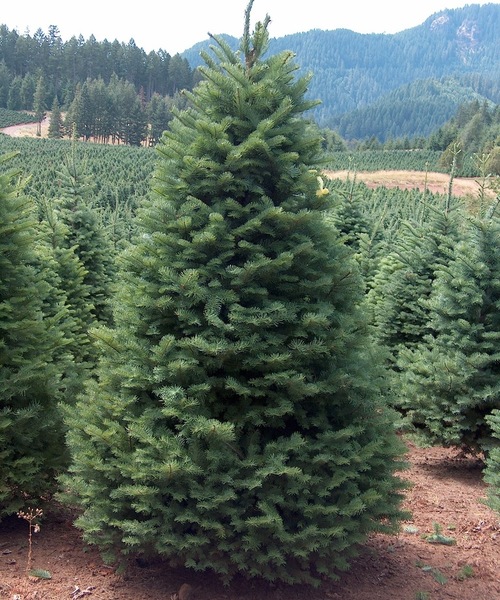
- Experience — Most people have a nostalgic attachment to real Christmas trees and see tree picking and decorating as a beloved holiday ritual. And nothing beats the smell of a real tree in the house.
- Cost — Rohlfs says that a 7-foot Noble or Douglas fir costs anywhere from $69 to $99; trees bought from home improvement store lots cost as little as $20.
- Tree rentals — Tree rental companies like Evergrow and Living Christmas now give you a more responsible way to have a real Christmas tree (live or cut) in the home. You order a tree, they deliver it and they pick it up and take care of it until the following year; or, in the case of a cut tree, they convert it into biofuel.
Cons
- Inconvenience — Real trees mean fallen needles on the ground, which adds another chore to your holiday list: vacuuming.
- Disposal — Landscape designer Matt Kilburn says that it always makes him sad to see trees lining back lanes waiting for garbage pickup right after Christmas. He encourages people to look into their local tree recycling programs and to dispose of their trees responsibly.
Note: Rohlfs stresses the importance of getting real trees from local, family-owned farms. "Support local farming and your tree will stay fresh longer than a tree that's been trucked in from miles and miles away and sitting on a lot, thirsty," he says.
Homeowner Michelle Round says that in the end, "What matters is that we are bringing the magic of the holidays into our home when everything is cold, grim and dull outside. It's about the way we trim and adorn our trees, about how they express our personalities and families — not simply the fact that they smell good."









